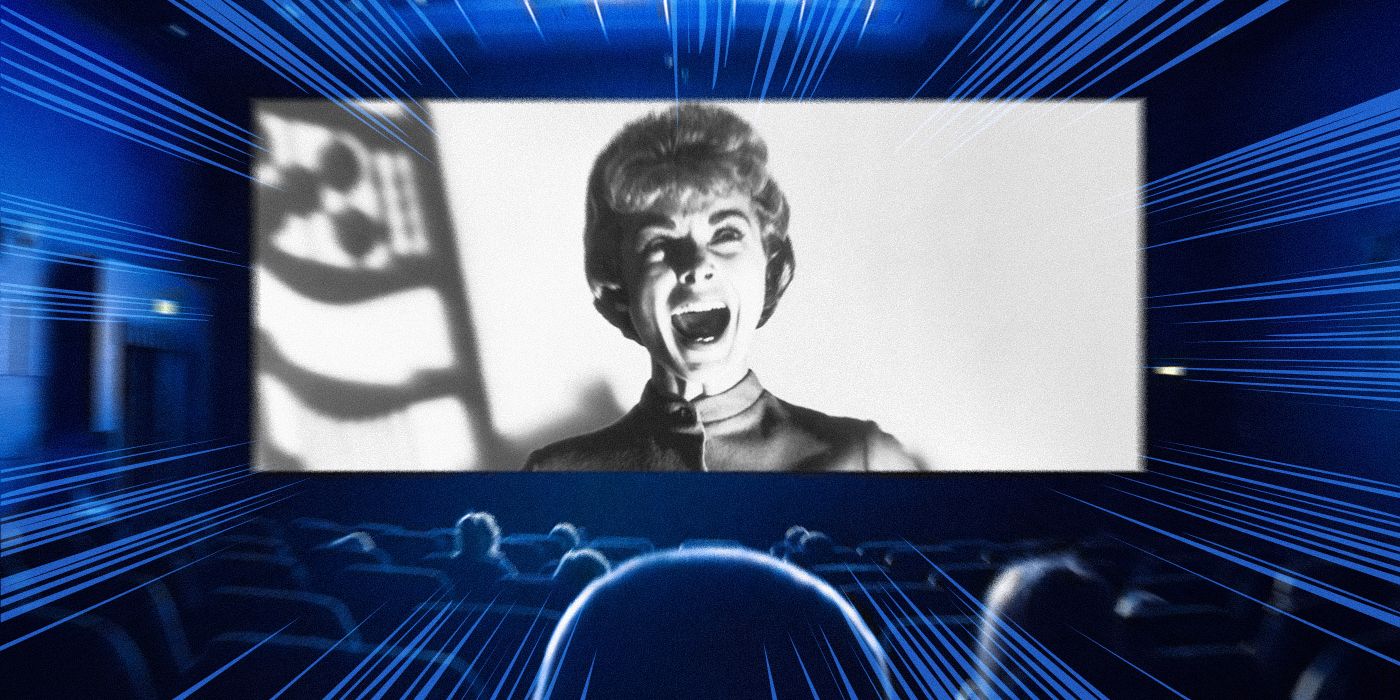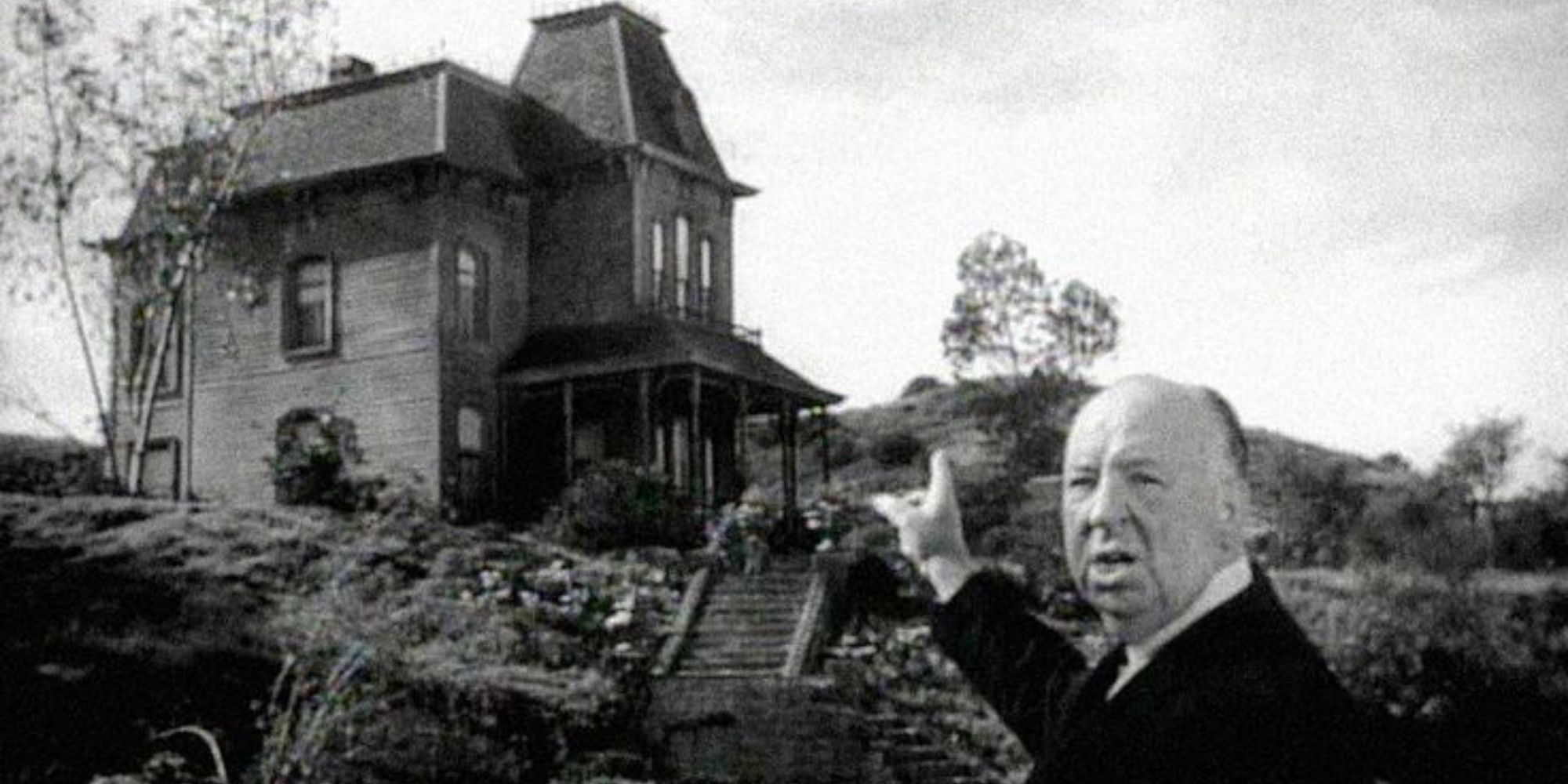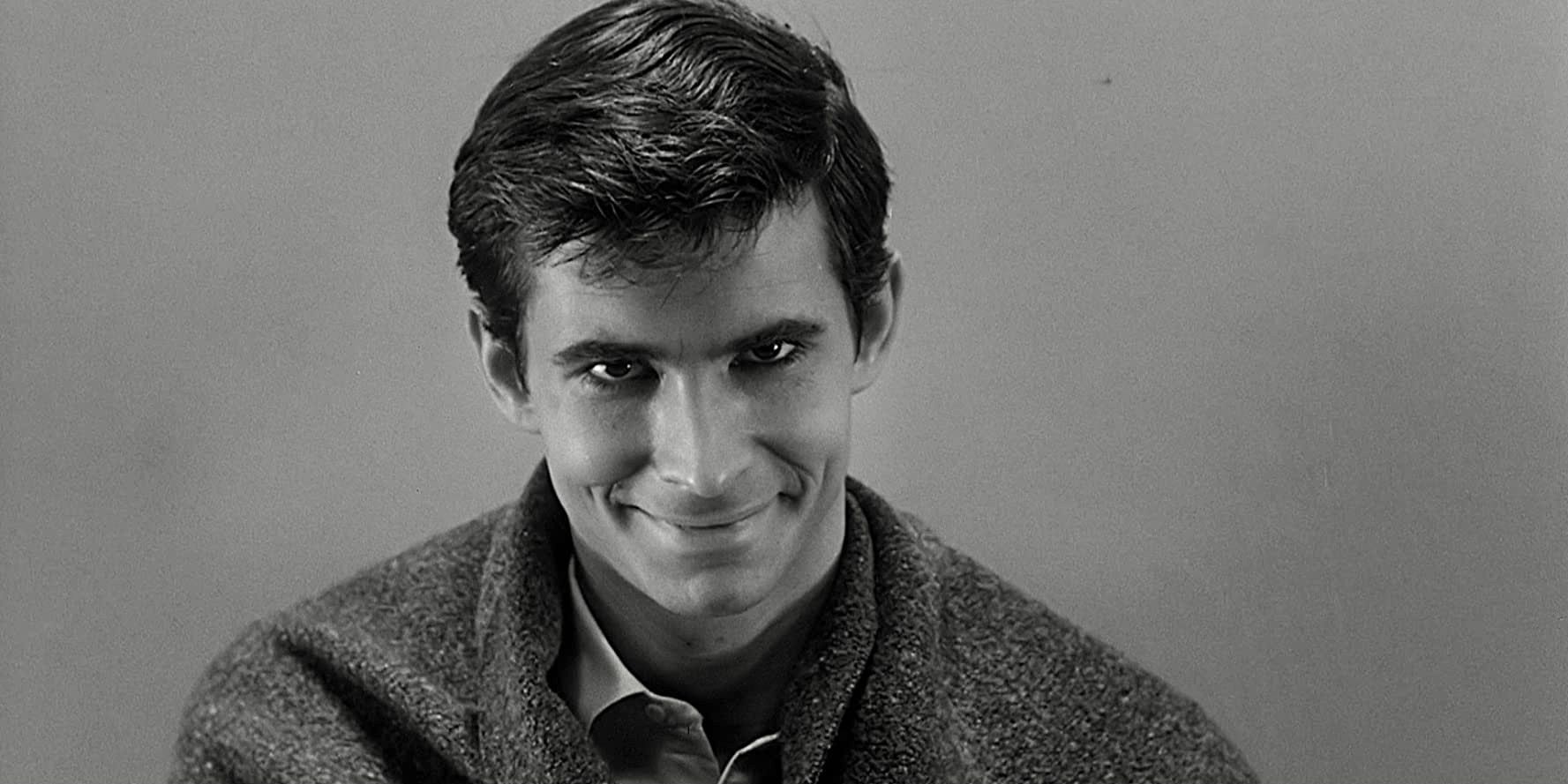It’s interesting how much something can become normalized. If a status quo change sticks around for a long enough time, doesn’t matter what it is, it begins to feel like things were always the way they are now. After countless superhero movies, it feels weird to think there was a time before the idea of the “cinematic universe.” After the latest bombastic high-budget season of Stranger Things, it’s strange to think that Netflix used to be delivered to your mailbox. You might even start thinking that certain parts of the movie-viewing experience were fundamental when in fact, they came about fairly late into cinema's existence. One such quirk of movie theaters that we take for granted came to be thanks to a little director called Alfred Hitchcock, and a little movie called Psycho.
'Psycho's Mystery Didn't Work With the Cinema Format
Psycho was one of Hitchcock’s biggest passion projects, a project that seemingly could not be stopped no matter what needed to be done to ensure it kept going. Production companies nervous about the property? Hitchcock brought in the crew of his smaller TV series and kept the budget as tight as possible so minimal cuts could be made. Constrictive censorship laws? Hitchcock ignored them as fully as one could (including making a strange bit of cinematic history in the progress). The movie’s message and plot were flawless, and Hitchcock and his team were willing to move heaven and earth to ensure it was delivered exactly how they envisioned it. Even the trailer itself was designed to give away nothing, only intrigue. However, there was one part of the movie that was at risk of being ruined, not by any problem in production, but in the actual viewing experience itself.
At that time, cinemas did not operate the way that they operate now. Rather than operating with strict times, old-school cinemas instead operated in a manner similar to theme parks. You would pay for admission and then you could walk right in. The movies would play on a loop, and if you arrived in the middle or the end, you’d just wait, and then the movie would start over. An odd system but one that worked well enough with most genres, save for one: mysteries. After all, if the audience could walk in at any moment they could just see the end and immediately realize what was going to happen later, all the tension ruined before it could even start to percolate. This affected Psycho most of all thanks to one of its biggest plot twists, namely that the advertised star was set to die before the movie even really properly got started. In a move that films like Scream would eventually replicate, Janet Leigh, the biggest star the movie had, would die early on, shocking audiences and leaving them guessing as to what came next. Cinemas weren’t designed with this sort of intrigue, and so they had to be changed.
'Psycho' Is the Reason Movie Theaters Have Start Times
The way to ensure that audiences would not experience any spoilers by seeing the movie at the wrong time was simple but complicated at the same time. Rather than just playing the movie on repeat, theaters were instead instructed to set specific times that audiences could enter the theater to see it. Nobody could come in in the middle and see a spoiler unless they were sneaking in. If you missed one showing then you’d just have to wait outside until another one came around. Nowadays, this is completely commonplace but back then this was so unusual that it required specific posters to be printed explaining the rules. The posters depicted a stern Alfred Hitchcock tapping on his watch as threatening text tells viewers that it is required to see the movie from beginning to end and that the theater manager has had their life threatened not to let anybody else in once it starts. A bit hyperbolic, but it gets the message across. (Although that said, Hitchcock wasn't above some shockingly cruel treatment.)
While this rule wasn’t “enforced” in the way that the poster threatened, through this encouragement, it’s suspected that many theaters realized it was a better deal. By only playing the movie at particular times, it became a premium, no doubt heightened by the word of mouth that such a controversial movie brought. If one had to be at the movie at a particular time to be let in, then it becomes much more of an event, something to plan for. Psycho, of course, went on to become a massive cultural phenomenon, the most successful horror movie of all time when adjusted for inflation, and incredibly influential as well, driving thousands to movie theaters everywhere. And this phenomenon brought with it a new way to watch movies, a new way that quickly became the standard.
'Psycho’s Forever Changed How We Go to the Movie Theater
So it came to pass that movie times became the norm when one went out to the theater. Not only did it make sense from Hitchcock’s original perspective, but it made logical sense in a few other ways as well. If a movie is always playing, then projectors might need to be replaced more often, and the only time that staff can actually clean the theater is when the place is closed. With set movie times, theater staff can now clean the piles of old popcorn and spilled drink before the next screening starts, a definite quality of life improvement to be sure. The influence of such a change is far beyond simple cleanliness, in fact, it may have influenced movies themselves.
Communication theorist Marshall McLuhan famously stated that when it comes to media, “the medium is the message,” loosely meaning that the media we consume is in many ways less important than the way that we consume it. Prior to 1960, audiences could just walk in and start watching in the middle of a story – does that make sense for any other form of storytelling? Does one sit down and crack open a book in the middle and read to the end before restarting and seeing what they missed? The mere fact that one could do this made movie stories more disposable. Through caring so much that the mystery be preserved, Hitchcock elevated the entire art form. Audiences were expected to watch a movie the whole way through, in a way giving it more respect than they may have before. This no doubt paved the way for more complicated storytelling, allowing for bigger plot twists and grander stories. One simple change in how we consume our movies may have shifted the whole art form for good.




